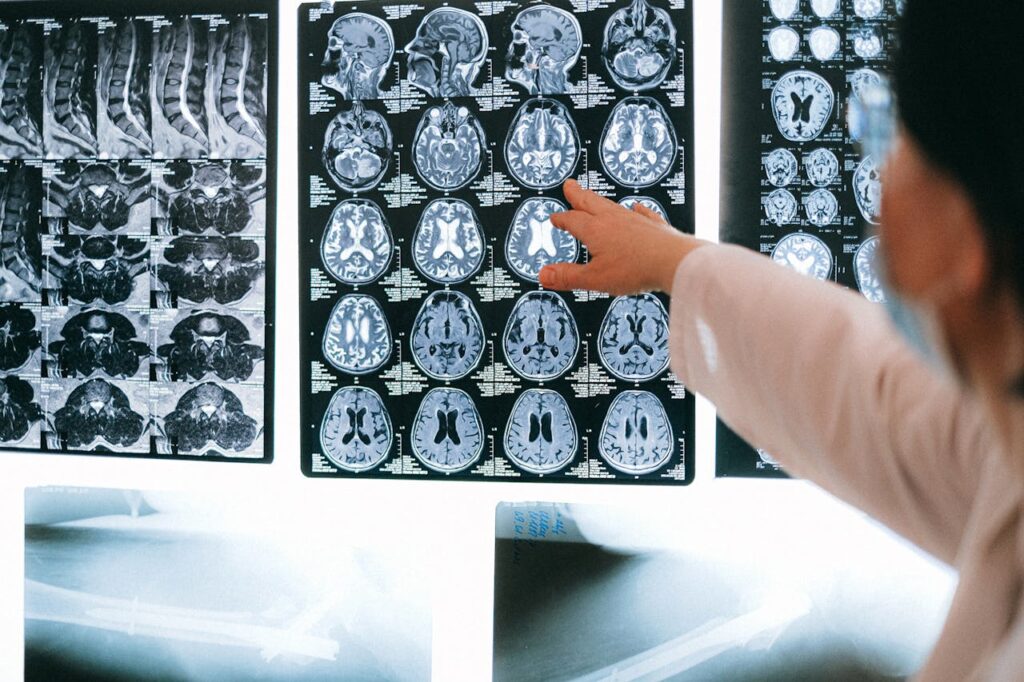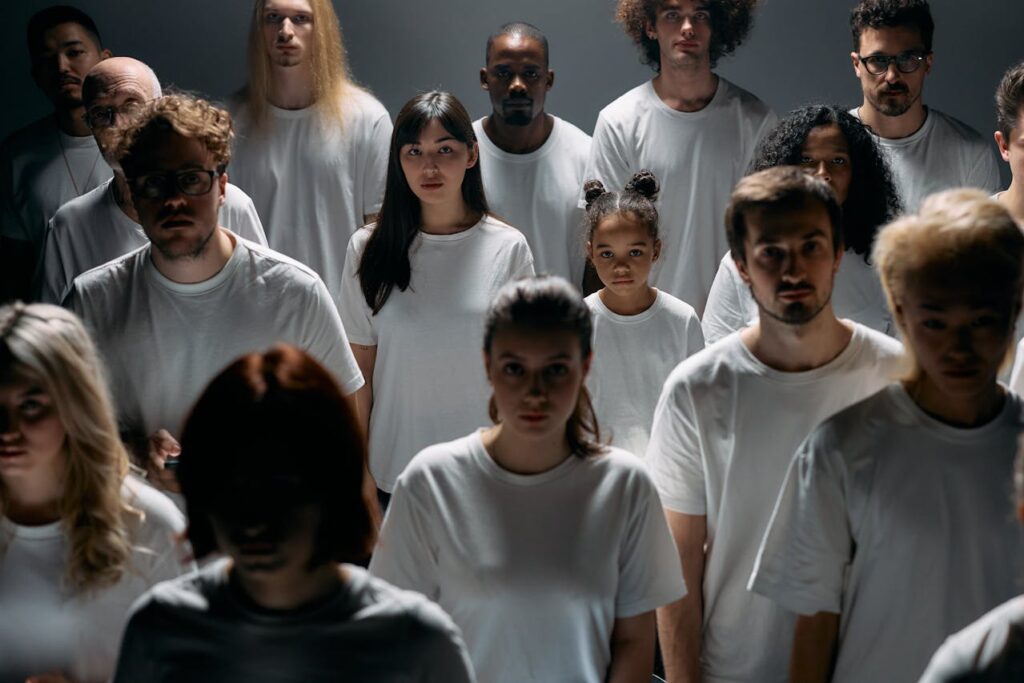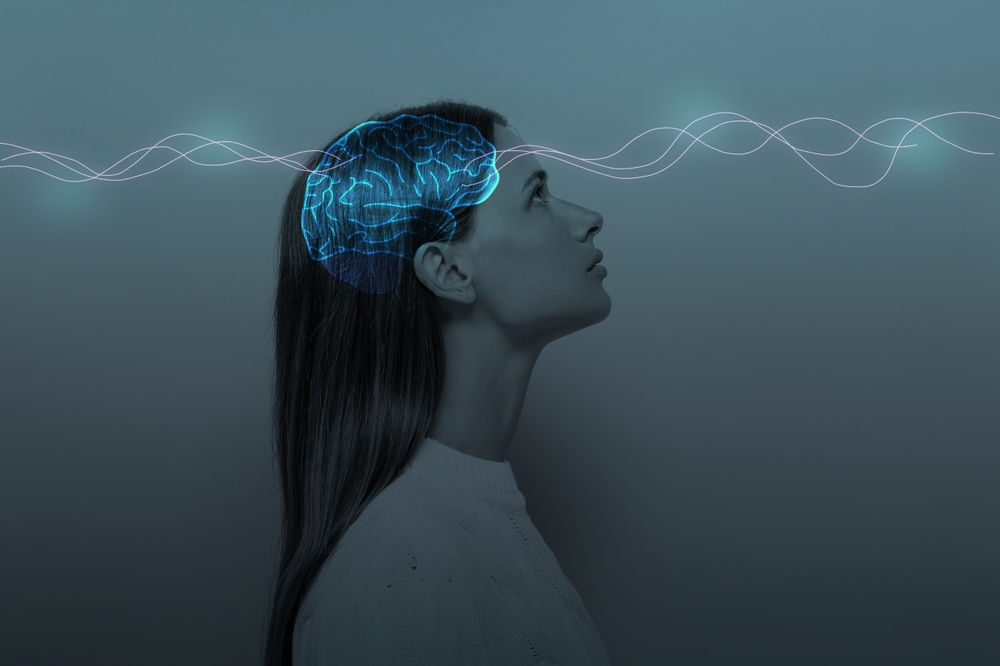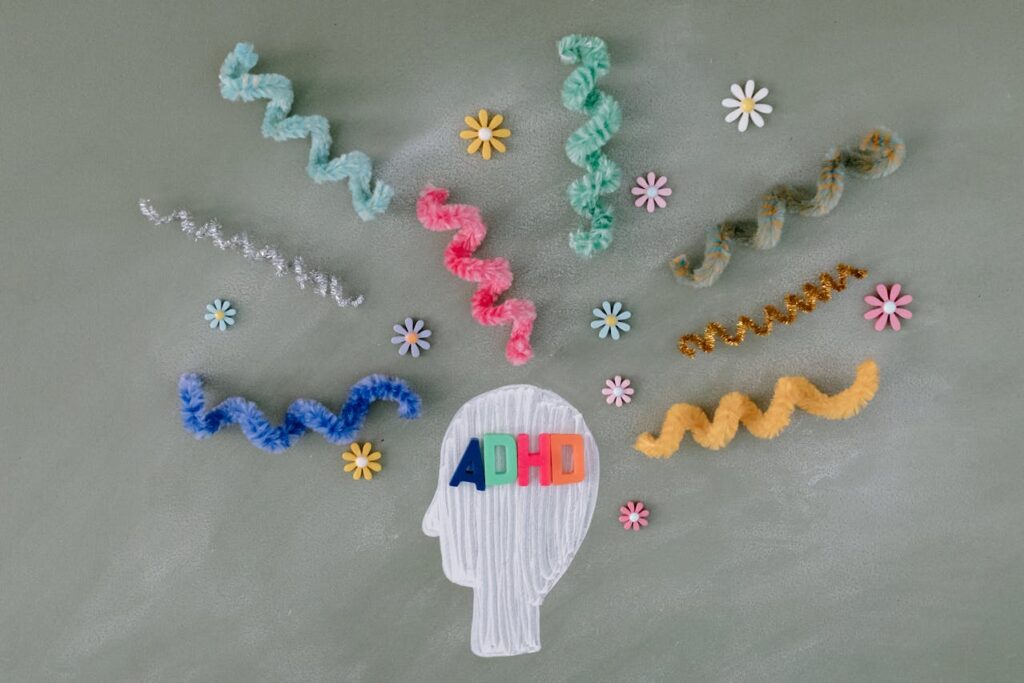New Research Uncovers Four Distinct Forms of Autism Redefining Human Diversity and the Science of the Mind

For a long time, we tried to fit the human mind into neat little boxes. We labeled, categorized, and explained away behaviors that didn’t match what we considered typical. Autism was one of those boxes, described as a spectrum but still treated as one condition that existed in varying degrees. Yet the more science learns about the brain, the more we realize that the mind doesn’t fit into simple definitions. It’s a universe, vast and layered, with each person carrying their own constellation of thought, emotion, and perception.

Today, researchers are uncovering something remarkable that challenges how we’ve understood autism and, in many ways, how we’ve understood ourselves. Studies from Princeton University and the University of Cambridge reveal that autism may not be a single condition but a collection of distinct expressions of human biology and experience. This shift in understanding is not just about medicine or diagnosis; it’s about perception. It invites us to see difference not as disorder but as diversity, and to recognize that the way we think, feel, and connect is part of a much bigger story of what it means to be human.
The Hidden Maps Within the Mind
Every so often, science reveals that the human experience is far more intricate than our definitions allow. For many years, autism was seen as a single thread woven across a spectrum from mild to severe. Yet new research is showing that the mind does not move in a single direction. It branches, it curves, and it forms countless patterns that tell different versions of the same truth. Studies from Princeton University and the University of Cambridge are beginning to uncover these patterns, suggesting that autism may not be one condition at all but several unique biological expressions shaped by genetics, development, and environment.
At the University of Cambridge, researchers examined genetic and behavioral data from more than 45,000 people across multiple continents. They found that children diagnosed early in life often faced behavioral challenges that softened with time, while those diagnosed later tended to experience growing emotional and mental health struggles. Lead author Xinhe Zhang shared that these groups “follow different developmental pathways and have different underlying genetic profiles.” The later diagnosed individuals even shared certain genetic traits with attention deficit hyperactivity disorder, revealing how intertwined these conditions can be. At Princeton University, a team of scientists analyzed data from more than 5,000 children through the SPARK autism cohort. Using an advanced computational model that looked at over 230 traits for each child, they identified distinct patterns linking biology to behavior. Senior author Olga Troyanskaya explained that “understanding the genetics of autism is essential for revealing the biological mechanisms that contribute to the condition, enabling earlier and more accurate diagnosis, and guiding personalized care.”
These findings remind us that autism is not one linear story told with different accents. It is a collection of deeply personal narratives, each written by a different combination of genes and life experiences. When science looks closer, it does not find sameness but a symphony of difference, and in that diversity lies the true beauty of the human mind.
The Many Faces of the Spectrum
When scientists at Princeton began analyzing thousands of children within the SPARK autism cohort, they discovered something that reframed how we think about the mind. Instead of one continuous experience of autism, they found four distinct patterns of development and biology. Each pattern carried its own rhythm, its own way of moving through the world. These discoveries showed that autism is not a single condition but a collection of human stories written in different languages of the brain. As doctoral researcher Aviya Litman explained, these patterns reveal how “distinct biological processes can lead to very different clinical experiences.” Co author Natalie Sauerwald added that earlier studies could not find these patterns because they were blending “different biological stories together.”

1. Social and Behavioral Challenges
This first group, representing about 37 percent of participants, reflects the most recognized traits associated with autism. Individuals in this group often experience difficulty with social connection and display repetitive behaviors, yet they tend to reach developmental milestones like walking or speaking at the expected times. Many also experience conditions such as attention deficit hyperactivity disorder, anxiety, or obsessive compulsive disorder. Their experiences show that social understanding and internal focus can coexist, each offering a distinct perspective on how people engage with the world.
2. Mixed ASD with Developmental Delay
Comprising around 19 percent of the study’s participants, this group includes individuals who achieve milestones like speech and movement later than usual. Despite these delays, they tend not to struggle with anxiety or disruptive behavior. Their genetic makeup reveals a higher rate of inherited variants, suggesting that these differences often run within families. This group teaches us that development cannot be measured by speed alone but by the diversity of the paths that lead to growth.

3. Moderate Challenges
About 34 percent of the participants belonged to this group, whose members display the core traits of autism in a more balanced way. Their behaviors are present but less intense, and their developmental progress follows a typical pattern. They rarely experience additional psychiatric conditions. In many ways, this group reminds us that neurodiversity exists in subtle forms as well, often hidden in plain sight within classrooms, workplaces, and families.
4. Broadly Affected
The final group, the smallest at about 10 percent, faces the widest range of challenges. These individuals experience developmental delays, social and communication difficulties, and higher rates of mental health conditions such as depression and mood regulation difficulties. Their genetic profiles contain the most new, non inherited mutations, suggesting that their traits are shaped by changes arising spontaneously rather than passed down through generations.
Together, these four subtypes show that autism is not a single path but a network of intersecting journeys. Every expression of it is a reflection of the infinite ways the human brain can organize, adapt, and experience life. When we step back and look at these findings, we begin to see that diversity within the mind is not something to fix but something to finally understand.
Listening to the Natural Intelligence of Life
If you watch the natural world closely, you’ll notice that no two birds build their nests the same way. Some weave high among the branches, others tuck their homes deep into the reeds. Each one follows an instinct that is both ancient and unique. Human minds work in much the same way. What science is now discovering about autism mirrors what nature has always shown us that intelligence expresses itself through variation.

Researchers studying behavior and genetics have begun to see that neurodiversity is not a flaw in design but a reflection of life’s adaptability. Just as ecosystems thrive through difference, so too does human cognition. Some brains are wired for structure and focus, others for empathy and imagination. The strength of humanity lies not in uniformity but in the coexistence of these distinct ways of thinking and feeling. When viewed through this lens, autism becomes part of a greater pattern of biological creativity, one that reveals how evolution continues to shape both the human mind and the world it inhabits.
Recognizing this natural intelligence means learning to observe without judgment and to value difference as essential to balance. Every unique way of perceiving contributes to the larger harmony of our species, much like each bird’s call adds to the morning chorus. Science is beginning to echo what nature has whispered all along: diversity is not a problem to solve but the foundation of life’s resilience and beauty.

Rethinking What It Means to Be Human
What these discoveries about autism reveal is not only new science but a new understanding of humanity itself. For too long, difference has been viewed as something to correct, a departure from what society calls normal. As research deepens, we are beginning to see that variation is not the exception, it is the very nature of being human. Every brain carries its own rhythm and story, shaped by both genetics and experience. The diversity of our minds is not an obstacle but a reflection of the many ways life expresses intelligence.
Science is now giving form to what nature has always shown. The human mind, like every living system, adapts and transforms in countless ways that cannot be confined by a single definition. To see autism and other forms of neurodiversity clearly is to recognize that intelligence manifests in many forms and that growth does not follow one path. Complexity does not mean confusion; it means creation, a continuous unfolding of how consciousness evolves through us.

The future of understanding begins with empathy. When we stop labeling difference as disorder and start listening to what it can teach us, we begin to expand our awareness of what it means to be alive. Autism research is not simply about categorizing conditions; it is about illuminating the full range of human experience. In learning to see every mind as a vital expression of life, we take a step toward a more compassionate and unified world.
Loading...

